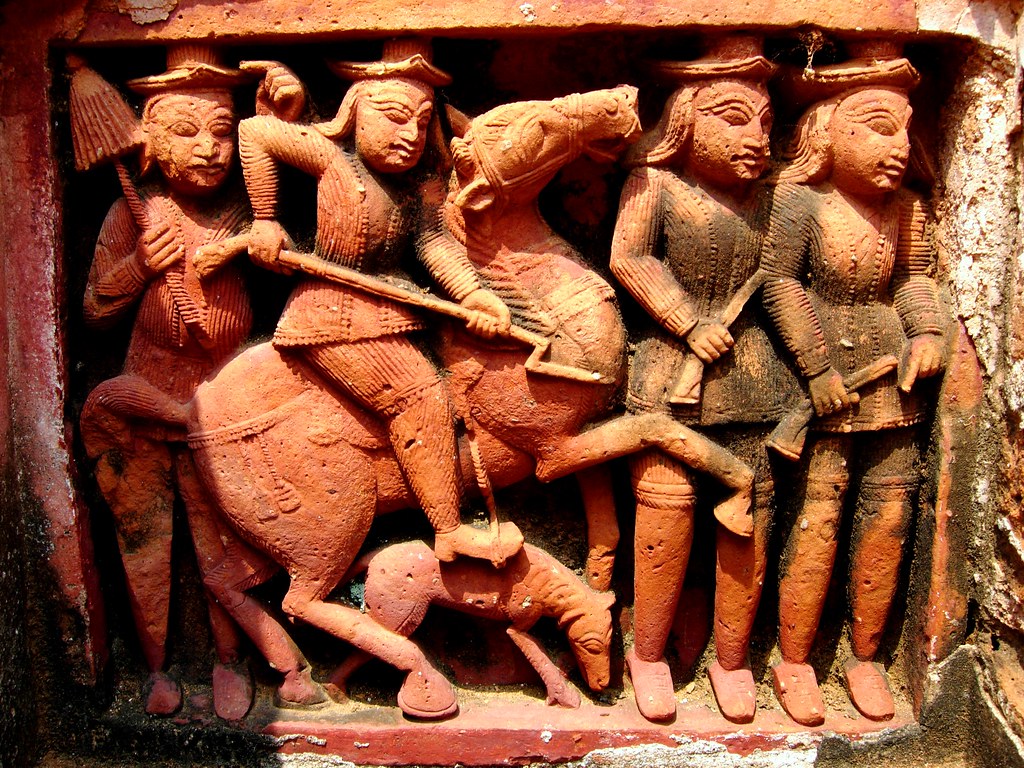
Menu

Hidden among the rolling hills and sleepy villages of Purulia are some of Bengal’s best-kept secrets — its stunning terracotta temples. These ancient structures, modest yet magnificent, stand as timeless storytellers, narrating epics, folklore, and the rhythms of rural life through intricate clay sculptures.
Built mostly between the 16th and 19th centuries, Purulia’s terracotta temples were crafted when local rulers and communities sought to merge devotion with artistry. Brick and baked clay were abundant in the region, and from these humble materials, artists created breathtakingly detailed panels that still whisper tales of gods, heroes, dancers, musicians, and everyday life.
Temples like those in Cheliyama, Banda, and Deulghat are perfect examples of this rich tradition. Their walls are adorned with panels depicting scenes from the Ramayana, Mahabharata, and local legends. Each sculpture, no matter how small, is brimming with life — from the expressive eyes of the deities to the flowing movements of celestial dancers.
What makes Purulia’s terracotta temples truly special is their earthy, almost organic beauty. Unlike the grand stone temples of other parts of India, these structures feel deeply connected to the soil and spirit of the land. They are not just places of worship, but archives of a people’s imagination and devotion, molded lovingly by hands that understood the sacred in the everyday.
Today, many of these temples face the ravages of time, weather, and neglect. Preservation efforts are slowly gaining momentum, but much remains to be done to protect these fragile masterpieces.
Exploring Purulia’s terracotta temples is like stepping into a sunlit archive — where every brick sings a story, and every sculpture captures a moment of eternal devotion.



